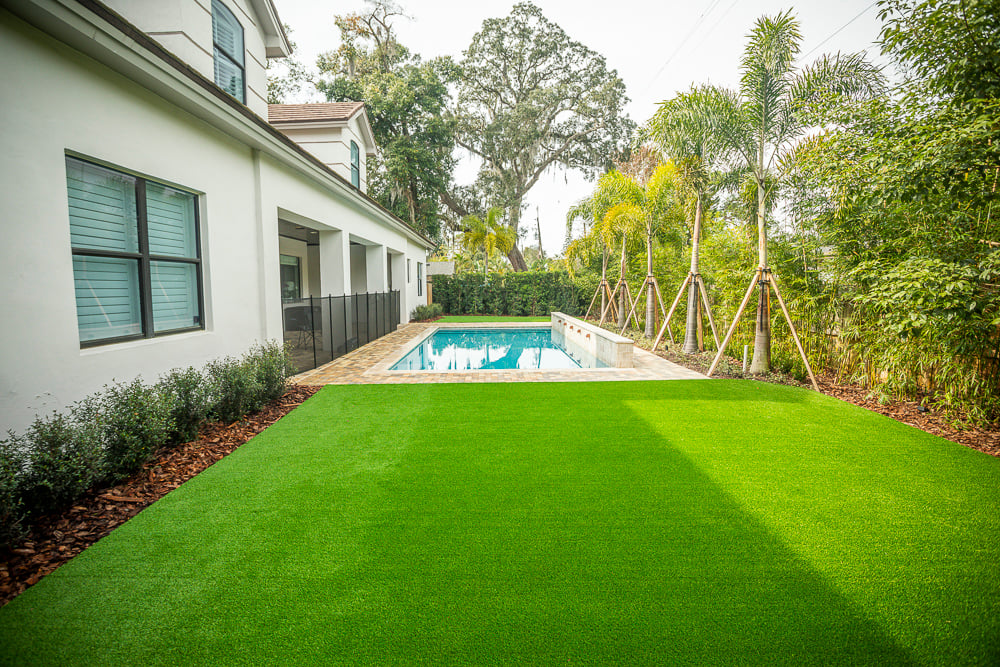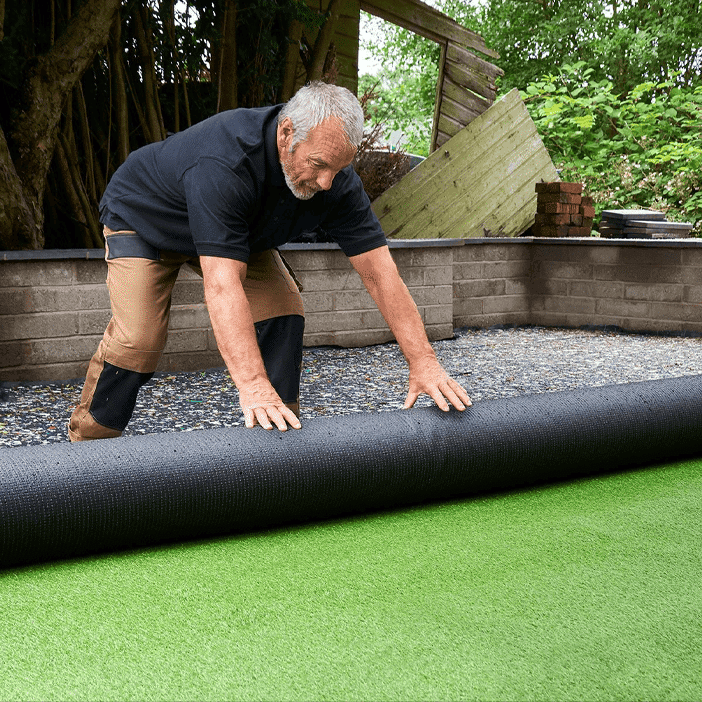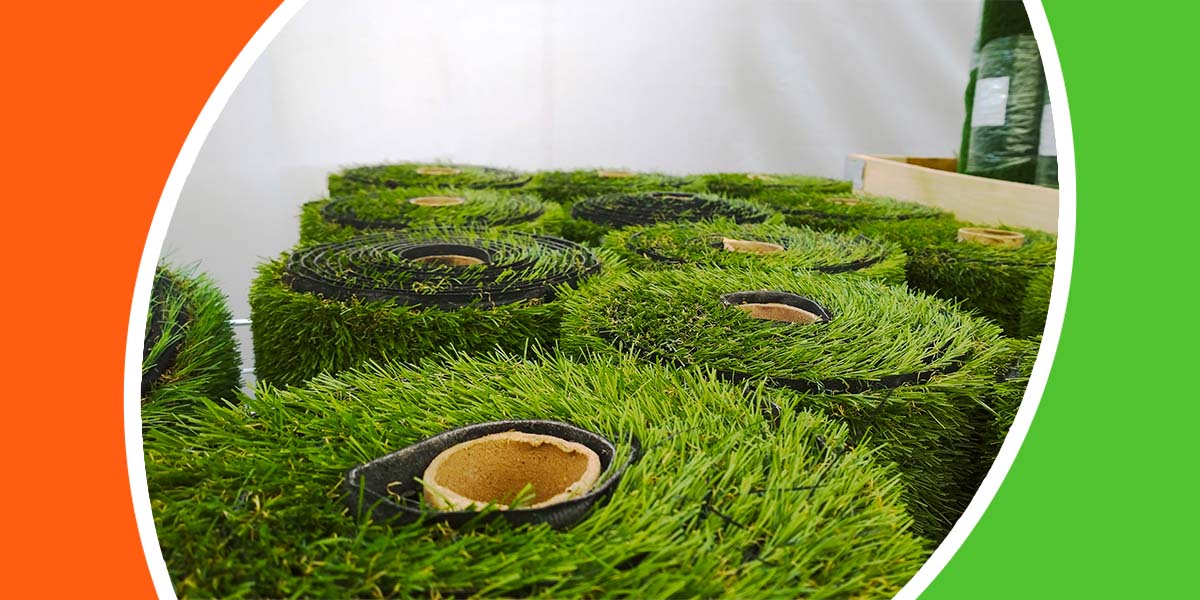Best Phoenix Turf Companies Delivering High-Quality Synthetic Grass Solutions
Best Phoenix Turf Companies Delivering High-Quality Synthetic Grass Solutions
Blog Article
Explore the Environmental Benefits of Opting for Artificial Turf Solutions
The adoption of artificial turf remedies offers an engaging chance to address pressing ecological difficulties. By substantially lowering water use and decreasing the application of damaging chemicals, these choices not just promote sustainable landscaping however also secure regional communities.
Water Preservation Benefits
One of the most substantial advantages of man-made lawn is its capacity to conserve water. In contrast, fabricated turf does not require watering, considerably decreasing the total need for water resources.
By eliminating the requirement for normal watering, synthetic grass adds to lasting landscape methods and helps minimize the ecological effect of too much water usage. Furthermore, the preservation of water reaches the decrease of drainage, which can cause soil erosion and waterway contamination.
In addition, the installment of synthetic grass allows house owners and towns to designate water resources a lot more successfully, concentrating on essential uses such as alcohol consumption water and agriculture. The shift towards synthetic grass not just promotes responsible water use but also straightens with more comprehensive environmental objectives intended at protecting natural resources.
As areas progressively focus on sustainability, the water conservation advantages of synthetic grass present an engaging instance for its fostering in domestic and commercial landscaping projects.
Decreased Chemical Use
The transition to synthetic grass dramatically decreases the reliance on chemical treatments typically used in all-natural grass maintenance. Traditional grass management usually entails the application of chemicals, plant foods, and herbicides to advertise growth and control pests. These chemicals can position risks to human health, regional wildlife, and the setting, contributing to dirt and water contamination.
On the other hand, synthetic grass eliminates the need for these dangerous substances. Once installed, it needs very little maintenance, mostly including regular cleansing and occasional infill replenishment. This reduction in chemical use not just profits the prompt setting but also adds to broader ecological security. By lessening the launch of synthetic substances into the environment, fabricated lawn promotes much healthier soil and water systems.
In addition, the absence of chemical drainage related to synthetic grass installations aids shield local waterways from pollution, sustaining marine life and preserving biodiversity. Arizona artificial turf. As communities progressively focus on lasting methods, choosing synthetic grass presents a practical remedy that straightens with environmental conservation goals. Via this change, homeowner can delight in lush eco-friendly rooms without jeopardizing ecological wellness, paving the method for an extra sustainable future
Reduced Carbon Impact

Additionally, the installation of synthetic grass can lead to considerable water preservation. All-natural grass call for considerable quantities of water for watering, which not just includes a fantastic read in the carbon impact related to water removal and therapy yet also stress neighborhood water sources. On the other hand, artificial lawn needs minimal maintenance, requiring no watering, thus substantially minimizing water usage and its linked energy go to this web-site prices.
In addition, the durability of synthetic grass adds to its lower carbon impact. With a life expectancy of approximately 15 years or more, the requirement for frequent substitutes is reduced, leading to less waste and lower energy intake in production and dealing with traditional yard options. Generally, synthetic grass offers a lasting alternative for environmentally aware landscaping.
Habitat Preservation
Habitat conservation is a crucial consideration in the discussion over landscaping options, specifically when contrasting man-made lawn to natural grass. All-natural yard yards usually call for comprehensive upkeep, consisting of the usage of herbicides, plant foods, and pesticides, which can adversely influence neighborhood ecosystems. These chemicals can leach into the soil and waterways, harming indigenous vegetation and fauna and interrupting neighborhood habitats.
In contrast, synthetic grass presents an opportunity to lower the environmental impact of landscape design. By going with artificial turf, property owners can decrease the disturbance of all-natural environments related to typical yard care practices. Synthetic grass gets rid of the requirement for harmful chemicals, thus shielding nearby wild animals and keeping the integrity of surrounding environments. The installation of fabricated grass can lead to the conversion of former turf areas right into even more biodiverse landscapes, such as pollinator yards or native plant areas, which can sustain neighborhood wild animals.
Inevitably, the transition to artificial grass not just conserves water and lowers maintenance efforts however additionally promotes a more unified relationship between human tasks and the native environment, promoting environment conservation at the same time.
Long-Term Sustainability
Long-lasting sustainability is an essential consider reviewing the benefits of synthetic grass over traditional try these out turf yards. One of one of the most considerable advantages of synthetic grass is its toughness; it can last as much as 15-20 years with marginal maintenance, whereas all-natural grass needs regular reseeding and replacement. This long life reduces the requirement for constant resources, such as water, fertilizers, and pesticides, which are vital for maintaining a healthy grass yard.
In addition, synthetic grass adds to a reduction in carbon exhausts related to lawn care equipment. Conventional yards typically require gas-powered lawn mowers, leaners, and blowers, every one of which add to air contamination. Arizona artificial turf. In comparison, synthetic turf gets rid of the requirement for such devices, promoting a cleaner environment
In addition, the manufacturing of fabricated grass significantly utilizes recycled products, improving its sustainability profile. As producers embrace environment-friendly practices, the ecological impact of artificial turf continues to lessen.

Final Thought
The adoption of artificial lawn remedies offers substantial ecological advantages, including substantial water preservation, decreased dependence on hazardous chemicals, and a lower carbon impact. Synthetic grass aids in preserving all-natural habitats by minimizing land disruption and advertising lasting sustainability through the use of durable products. Collectively, these variables highlight the capacity of synthetic grass to add favorably to environmental health and provide a sensible alternative to typical landscape design methods in an increasingly resource-conscious world.
In comparison, synthetic turf does not need watering, dramatically minimizing the overall need for water sources. By decreasing the launch of artificial substances right into the ecosystem, synthetic grass promotes healthier soil and water systems.
Moreover, the setup of man-made turf can result in significant water conservation. In contrast, man-made grass requires marginal upkeep, requiring no watering, thereby significantly minimizing water usage and its connected energy prices.

Report this page